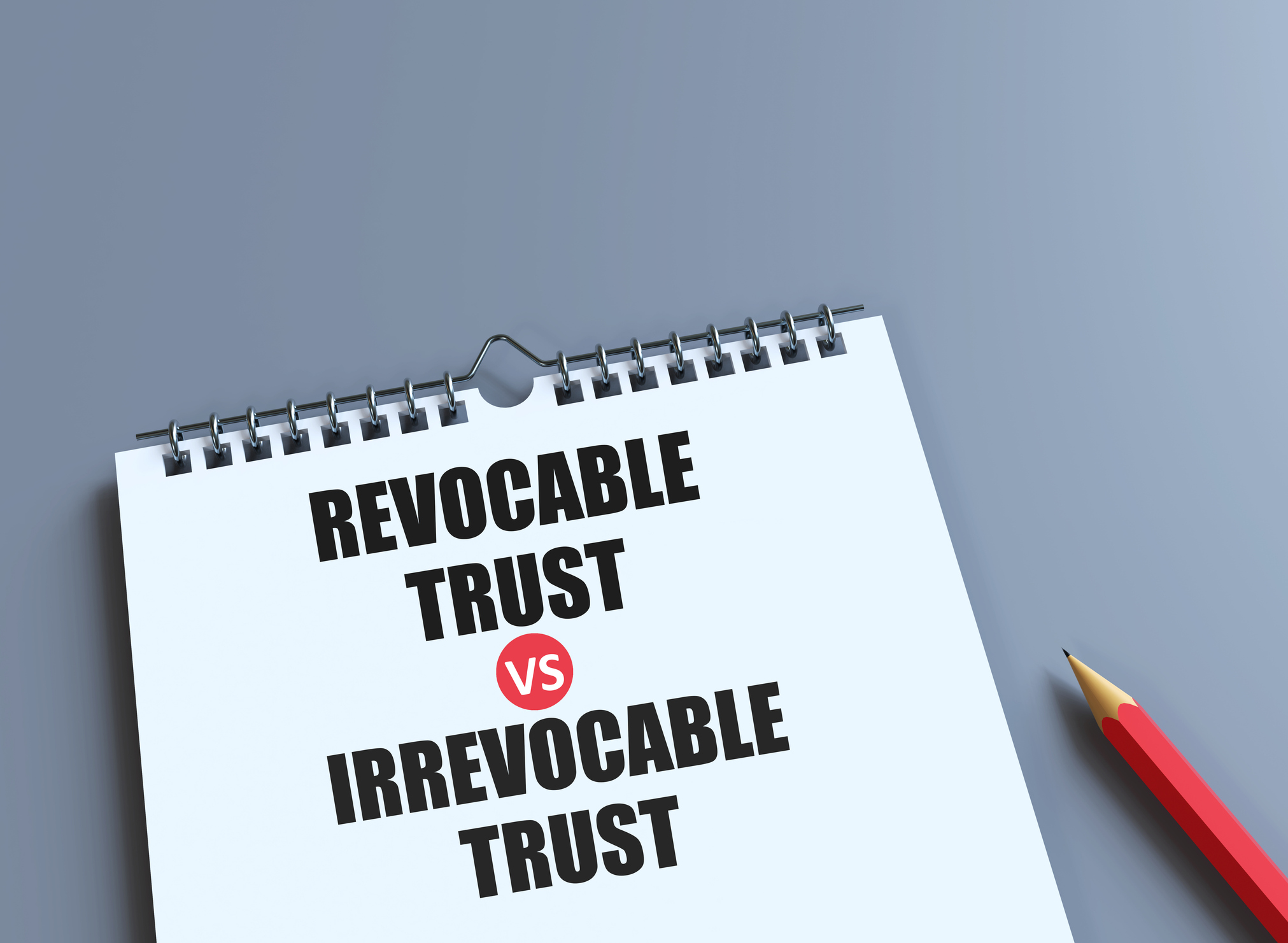Home Equity Evolution: A Fresh Approach to Funding Life's Biggest Needs
Homeowners leverage their home equity through various strategies, such as HELOCs or reverse mortgages. A newer option: Shared equity models. How do those work, and what are the pros and cons?


For many homeowners, the family home represents far more than a place to live. It's often the single largest store of wealth on their balance sheets.
Yet, when it comes to planning for retirement, long-term care needs or estate strategies, home equity remains one of the most underutilized assets.
There are several strategies available to homeowners looking to convert their equity into income or financial leverage:
From just $107.88 $24.99 for Kiplinger Personal Finance
Become a smarter, better informed investor. Subscribe from just $107.88 $24.99, plus get up to 4 Special Issues

Sign up for Kiplinger’s Free Newsletters
Profit and prosper with the best of expert advice on investing, taxes, retirement, personal finance and more - straight to your e-mail.
Profit and prosper with the best of expert advice - straight to your e-mail.
Home equity lines of credit (HELOCs). These revolving credit lines require repayment and are typically best for short-term or planned expenses. They require good credit and reliable income, but they add debt to the homeowner's balance sheet.
The Kiplinger Building Wealth program handpicks financial advisers and business owners from around the world to share retirement, estate planning and tax strategies to preserve and grow your wealth. These experts, who never pay for inclusion on the site, include professional wealth managers, fiduciary financial planners, CPAs and lawyers. Most of them have certifications including CFP®, ChFC®, IAR, AIF®, CDFA® and more, and their stellar records can be checked through the SEC or FINRA.
Reverse mortgages. This well-known option allows homeowners to stay in their homes while receiving income. The downside is that interest accrues over time, often significantly reducing the remaining home equity.
Reverse mortgages also include such costs as insurance premiums and origination fees.
Cash-out refinancing. Homeowners refinance their mortgages to take out a lump sum of cash. This strategy can be viable in low-rate environments, but in today's high-interest landscape, it can dramatically increase monthly payments.
Shared equity models. These newer solutions offer homeowners the ability to sell a minority share of their future home value in exchange for cash today.
Typically, this method doesn't involve monthly payments or interest. Like a reverse mortgage, they're nonrecourse, meaning there is no personal liability.
The shift: From debt to shared value
Unlike traditional financing options, shared equity solutions aren't loans and don't require servicing debt obligations.
They're designed to be a strategic enhancement to an adviser's toolkit, helping reposition home equity from a passive asset into an active part of a client's overall financial strategy.
Using shared equity solutions is similar to using cash on hand.
Why it matters now
There is an estimated $35 trillion in home equity in the United States, according to the Federal Reserve Bank of St. Louis, with 41% of homeowners carrying no mortgage debt.
Meanwhile, the cost of retirement continues to rise, longevity risk is real, and funding long-term care is an increasing concern.
At the same time, interest rates and market volatility have made it more difficult for advisers and consumers to rely solely on traditional investment strategies.
Liquidity needs often collide with the desire to preserve and grow assets, supported by the fact that in 2024, according to LIMRA, more than $400 billion of new life insurance, annuity and long-term care insurance premiums were primarily funded with cash or through investment portfolio sales.
That reduces liquidity, creating tax consequences and limiting future investment growth opportunities.
Weighing the tradeoffs and tailoring the strategy to you
Each option presents distinct advantages and tradeoffs.
- Borrowing strategies offer immediate access to cash, but the debt can add pressure in retirement.
- Reverse mortgages reduce financial stress in the short term but diminish estate value and can be complex to unwind.
- Shared equity solutions, such as CHEIFS (Cornerstone Home Equity Insurance/Investment Funding Solutions), where I am the co-founder and CEO, provide tax-free cash without adding monthly obligations, but the homeowner shares a portion of the future home value upon sale or refinance.
No one-size-fits-all solution exists.
The right path depends on your financial goals, income, health outlook and estate planning intentions.
- If your priority is maintaining full ownership, a HELOC or refinance might make sense.
- If your objective is to protect cash flow without monthly debt obligations, reverse mortgages or shared equity models could be a better fit.
The key is to align your solution with your broader financial strategy.
Applications for homeowners and advisers
The versatility of home equity optimization through shared home equity products spans a range of planning needs:
Long-term care (LTC) planning. Homeowners can use tax-free funds to purchase dedicated LTC policies or hybrid life/LTC products, ensuring protection against future health care costs.
Lifetime income. Funds can be used to purchase immediate or deferred-income annuities, helping bridge retirement income gaps without drawing down investment portfolios.
Legacy and estate planning. Liquidity from home equity can fund irrevocable life insurance trusts (ILITs), charitable-giving strategies or intergenerational wealth transfers.
In-home health care. Homeowners can secure funding to age in place, enhancing quality of life while retaining independence.
Looking for expert tips to grow and preserve your wealth? Sign up for Building Wealth, our free, twice-weekly newsletter.
In-force policy funding. Clients with valuable existing life, annuity and/or LTC policies can use shared equity solutions to maintain or enhance these assets without cashing out or surrendering valuable benefits.
Pros and cons of shared home equity to consider
Pros:
- No monthly payments or debt service, with no fixed repayment term
- No impact on credit scores or cash flow
- Retention of homeownership rights and lifestyle
- Tax-free liquidity
- Flexible use of funds across planning needs and lifestyle enhancements
- Adviser-driven distribution to align with holistic planning
Cons:
- Future appreciation (and depreciation) of the home is shared with the company you're sharing equity with
- It's not a suitable solution for homeowners planning to sell or relocate in the short term. As the home is partially owned by an investor, it might be more challenging for homeowners to leave their homes as a legacy for their heirs without proper planning
Looking ahead
Optimizing home equity is no longer just about borrowing or downsizing. It's about managing wealth more intelligently to support strategic, tax-efficient financial plans.
Shared equity solutions are modern financing innovations that offer pragmatic alternatives that empower both homeowners and financial advisers to achieve their goals while maintaining control, flexibility and long-term value.
Related Content
- Reverse Mortgages: 10 Things You Must Know
- What Home Equity Is and Why It's a Valuable Long-Term Investment
- How a Home Equity Line of Credit (HELOC) Works
- Refinancing Your Home
Profit and prosper with the best of Kiplinger's advice on investing, taxes, retirement, personal finance and much more. Delivered daily. Enter your email in the box and click Sign Me Up.

Craig Corn is the Co-Founder of Cornerstone Financing and a seasoned expert in structured finance, managing residential mortgage platforms and developing home equity solutions. Throughout his career, Craig has held senior leadership roles at institutions including MetLife Bank, Lehman Brothers, SBC Warburg, Salomon Brothers and Merrill Lynch, where he helped pioneer home equity release products and index-linked savings products.
-
 Stocks Extend Losing Streak After Fed Minutes: Stock Market Today
Stocks Extend Losing Streak After Fed Minutes: Stock Market TodayThe Santa Claus Rally is officially at risk after the S&P 500's third straight loss.
-
 What Bilt Cardholders Need to Know as Wells Fargo Exits the Program
What Bilt Cardholders Need to Know as Wells Fargo Exits the ProgramA major shake-up in the Bilt Rewards program could affect your credit card, rent rewards and points strategy heading into 2026.
-
 3 Major Changes to the Charitable Deduction in 2026
3 Major Changes to the Charitable Deduction in 2026Tax Breaks About 144 million Americans might qualify for the 2026 universal charity deduction, while high earners face new IRS limits. Here's what to know.
-
 Stocks Extend Losing Streak After Fed Minutes: Stock Market Today
Stocks Extend Losing Streak After Fed Minutes: Stock Market TodayThe Santa Claus Rally is officially at risk after the S&P 500's third straight loss.
-
 What Bilt Cardholders Need to Know as Wells Fargo Exits the Program
What Bilt Cardholders Need to Know as Wells Fargo Exits the ProgramA major shake-up in the Bilt Rewards program could affect your credit card, rent rewards and points strategy heading into 2026.
-
 Where to Stash Cash as Yields Fall, According to Advisers
Where to Stash Cash as Yields Fall, According to AdvisersYour best options depend on how soon you'll need the money and your tolerance for risk.
-
 Control vs Protection Quiz: Which Trust Do You Need?
Control vs Protection Quiz: Which Trust Do You Need?Quiz Take this simple quiz to discover whether a revocable or irrevocable trust should be the cornerstone of your estate plan.
-
 Should You Use Buy Now, Pay Later Options to Finance Your Vacation?
Should You Use Buy Now, Pay Later Options to Finance Your Vacation?Many travel companies are letting users pay in installments. But is "buy now, pay later" a smart financial decision?
-
 Best Mutual Funds to Invest In for 2026
Best Mutual Funds to Invest In for 2026The best mutual funds will capitalize on new trends expected to emerge in the new year, all while offering low costs and solid management.
-
 If You'd Put $1,000 Into 3M Stock 20 Years Ago, Here's What You'd Have Today
If You'd Put $1,000 Into 3M Stock 20 Years Ago, Here's What You'd Have TodayMMM stock has been a pit of despair for truly long-term shareholders.
-
 I'm a Financial Pro: You Really Can Make New Year's Money Resolutions That Stick (and Just Smile as Quitter's Day Goes By)
I'm a Financial Pro: You Really Can Make New Year's Money Resolutions That Stick (and Just Smile as Quitter's Day Goes By)The secret to keeping your New Year's financial resolutions? Just make your savings and retirement contributions 100% automatic.